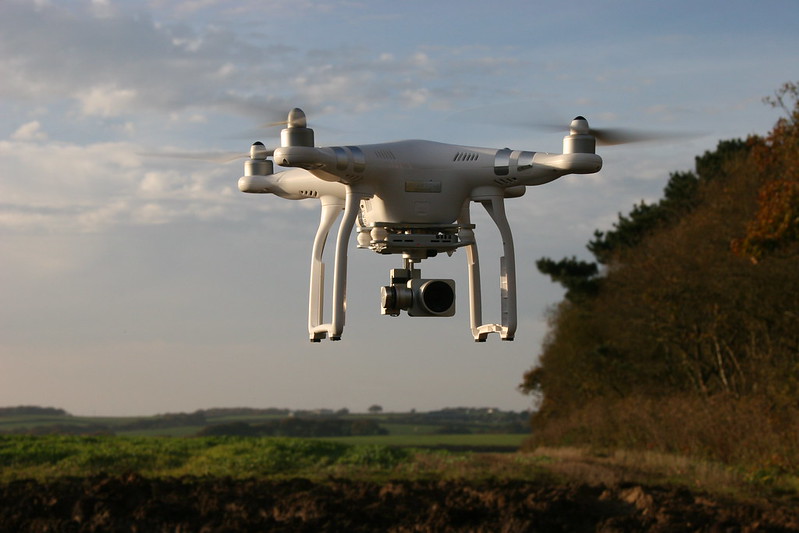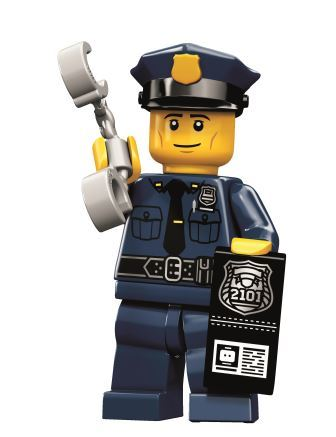Clear to Fly: Know the Drone Rules of the Location You Want to Fly At
Not all drones should be treated as toys. That seems to be an odd statement considering how they are considered by kids and adults as being so much fun to fly. They are fun to fly, but drones are a technology that has developed more rapidly than the federal laws concerning Unmanned Aerial Vehicles (UAV) can be appropriately established. Any UAV—drone is the common name—that equals to or is over 8.8 ounces must be registered with the FAA before it leaves the ground. If your drone is a little over a half pound in weight, it must be flown according to FAA rules for Unmanned Aerial Systems (UAS). The good news is that it is easy to stay in compliance so you can enjoy flying your high-tech drone in the sky on your travel.
Register Your Drone
It only costs $5.00 to register all your UAS aircraft online with the FAA. Do not fall for those other websites that make offers for registering your drones. Go straight to the faa.gov website to register. Keep in mind that it is not a license to fly. It is just a registration requirement for drones as well as helicopters, airplanes and other aircraft that are unmanned and weigh 8.8 ounces or more. If it weighs less than the minimum, it is not regulated by the FAA. If you have a high-quality drone, such as the drones for sale by Dronethusiast, it probably needs to be registered. Check the owner’s manual for the aircraft’s weight. If it is equal to 8.8 ounces (249 grams), register it.
Understand the National Airspace System
Where you live you probably have a lot of freedom to do what you want on the ground. In your own back yard, you can play with your dog, plant a garden, play a quick game of flag football or barbecue some steaks. You can even assemble and turn on the propellers of your fancy drone you have been itching to fly. However, as soon as that aircraft leaves the ground, it is now operating within the National Airspace System. This is where it can get complicated if you do not take some time to learn the rules.
The basic recreational drone flight rules are:
Airspace restrictions
- You are required to report your flight to any airport/airfield within five miles.
- You must keep the aircraft within sight while flying.
- You have to yield to manned aircraft.
- You will not fly higher than 400 feet.
- You will not fly under the influence of drugs or alcohol.
- You will not fly over stadiums or sporting events.
- You will not fly over people.
- You will not fly over areas where emergency operations are in progress.
- You will be aware of and obey airspace restrictions.
B4U Fly App
If you want to see if there are any airports, airfields, helicopter landing pads or other aircraft operation areas within five miles of where you want to fly your drone, the FAA’s B4U Fly app is a great resource. It will warn you if any specific action is required before flying your drone in the area you are in. You can download the B4U Fly app for Android and iOS devices. Keep in mind that you still cannot fly where there are local ordinances about drone flight, and you should use a lot of common sense. If every drone pilot would keep safety and common sense in mind, there would be no need for special rules or restrictions that can lead to fines if ignored.
Hobby Versus Work
If you fly your drone purely for fun, then it is hobby or recreational flying. If you use your drone for any sort of work whatsoever, it is a different class of flight. You may enjoy flying around your property and shooting some video of your house. That would be recreational. However, if your neighbor likes the drone footage of your house and property that you put on social media and would like you to shoot some aerial footage of his house, that is work even if you freely give the video or still photos away. Checking on your crops, examining your roof or chimney to see if repairs are needed and other such things are related to work and are not recreational flying. If you are going to be engaged in any drone flights for work tasks, you need to get a remote pilot certificate from the FAA.
Be smart and do not let your drone fly out of your direct line of sight. Using First-Person-View (FPV) flight goggles is not keeping your drone in sight. You need a spotter if you are using FPV goggles. Also, do not fly over people. Drones can cause serious injuries if the technology fails and they fall from the sky. It should be obvious, but you should never fly close to buildings, and you should never use your drone for voyeurism of any kind whatsoever. Even if you are not violating a federal rule, you could still be prosecuted for violation of other laws. Wherever you want to fly, check the B4U Fly app, ask any local authorities, notify local air operations areas, and fly your drone safely. – Travel Feeder





